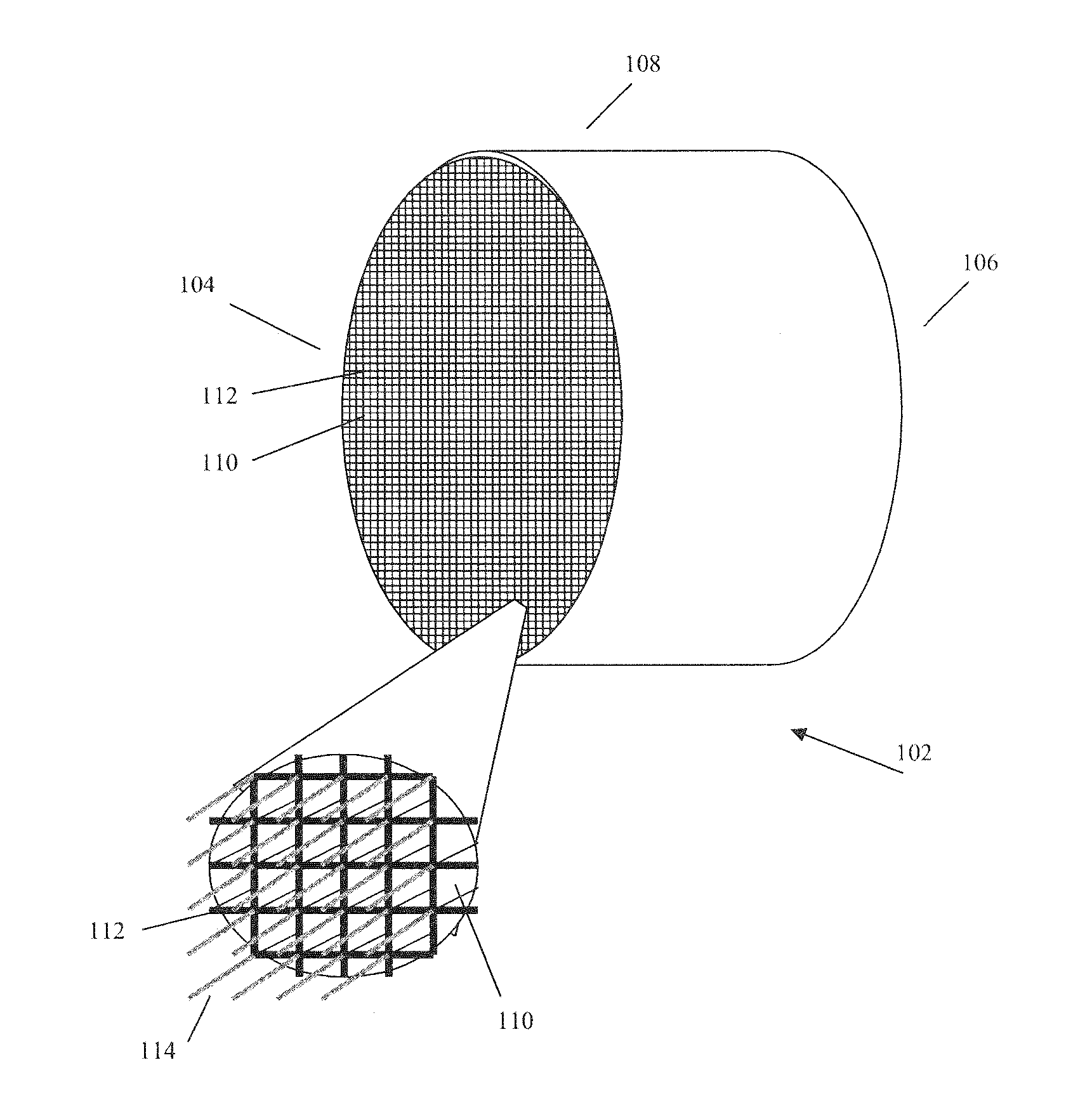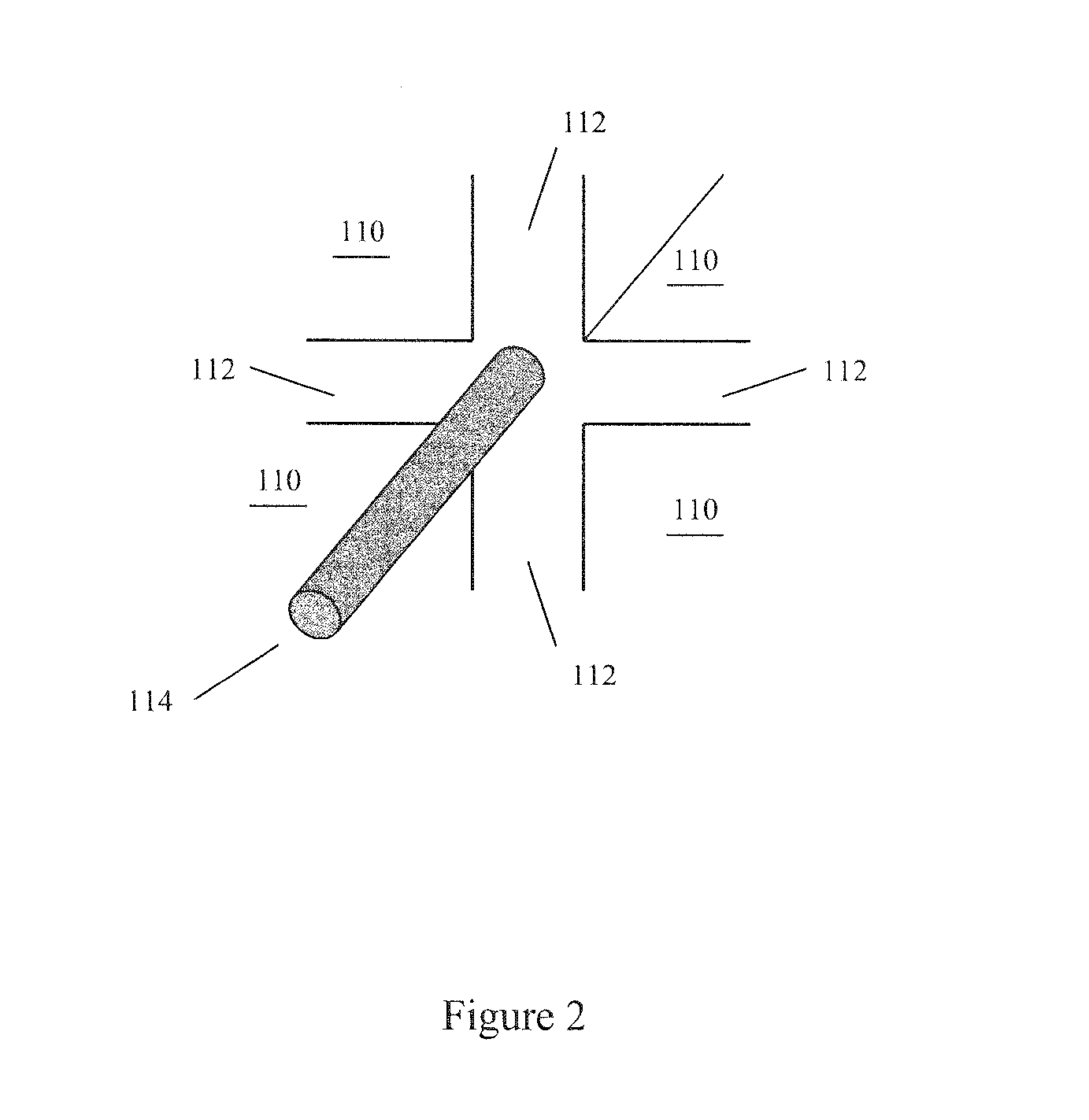Method of adsorptive gas separation using thermally conductive contactor structure
a contactor structure and gas separation technology, applied in the direction of separation processes, gaseous fuels, fuels, etc., can solve the problems of inefficient adsorption of feed gas components on the adsorbent material, rapid increase in temperature, and limited efficiency of conventional temperature swing adsorption methods
- Summary
- Abstract
- Description
- Claims
- Application Information
AI Technical Summary
Benefits of technology
Problems solved by technology
Method used
Image
Examples
Embodiment Construction
[0022]In one embodiment of the present invention, a temperature swing adsorption (hereinafter “TSA”) method is provided for separating a fluid mixture comprising at least first and second fluid components. In such an embodiment, the TSA method may comprise an initial step of admitting the fluid mixture or feed mixture, into an adsorptive separation system which comprises at least one parallel passage adsorbent contactor. In particular, suitable such parallel passage adsorbent contactors may comprise a plurality of substantially parallel fluid flow passages oriented in a first axial direction between an inlet and outlet end of the contactor in order to permit fluid to flow through the contactor, and cell walls which comprise at least one adsorbent material situated between and separating the fluid flow passages. The parallel passage adsorbent contactor may also desirably comprise a plurality of axially continuous thermally conductive filaments oriented in the axial direction of the c...
PUM
| Property | Measurement | Unit |
|---|---|---|
| pressure | aaaaa | aaaaa |
| temperature | aaaaa | aaaaa |
| adsorption method | aaaaa | aaaaa |
Abstract
Description
Claims
Application Information
 Login to View More
Login to View More - R&D
- Intellectual Property
- Life Sciences
- Materials
- Tech Scout
- Unparalleled Data Quality
- Higher Quality Content
- 60% Fewer Hallucinations
Browse by: Latest US Patents, China's latest patents, Technical Efficacy Thesaurus, Application Domain, Technology Topic, Popular Technical Reports.
© 2025 PatSnap. All rights reserved.Legal|Privacy policy|Modern Slavery Act Transparency Statement|Sitemap|About US| Contact US: help@patsnap.com



